|
|
INAUGURATION OF THE NATIONAL VIRTUAL CONGRESS OF FARMERS, HYDERABAD
05-01-2006 : Hyderabad
Empowering Farmers through Science and Technology
I am delighted to participate in the Inauguration of the National Virtual Congress of Farmers. I greet the organizers, scientists and farmers in different locations. When I am in the midst of farmers I would like to share with you some of my experiences in the rural areas of different States. Let me first narrate the BAIF model in Gujarat.
Bharatiya Agro Industries Foundation (BAIF) Model for Tribal Rehabilitation & Dry Regions
An integrated village cluster development programme has been taken up by Dr. Narayan G Hegde, an IIM graduate who is an expert in farming and Dairying in two village clusters of south Gujarat - Chonda and Lachakadi, with a population of 5000. In these villages every summer the tribal people migrate to nearby towns. The BAIF model was installed in these two villages with peoples? co-operation and the participation of state authorities. Firstly water harvesting was undertaken to get water for every individual. Every home was provided with livestock and also a market for milk. Simultaneously, fruit orchards were established with various fruit crops such as cashew and mangoes, which are tolerant to drought. When I visited, these villages, there was a connecting road and water ponds. The tribal population, with radiant smiles on their faces, was harvesting crops, packaging and carrying milk to different supply points. I happened to see the economic growth and prosperity of the tribal people, which has been facilitated by BAIF with people?s participation. I understand that this model ? Vadi (Orchard) has now been replicated in many places by the state governments of Maharashtra, Gujarat and Rajasthan.
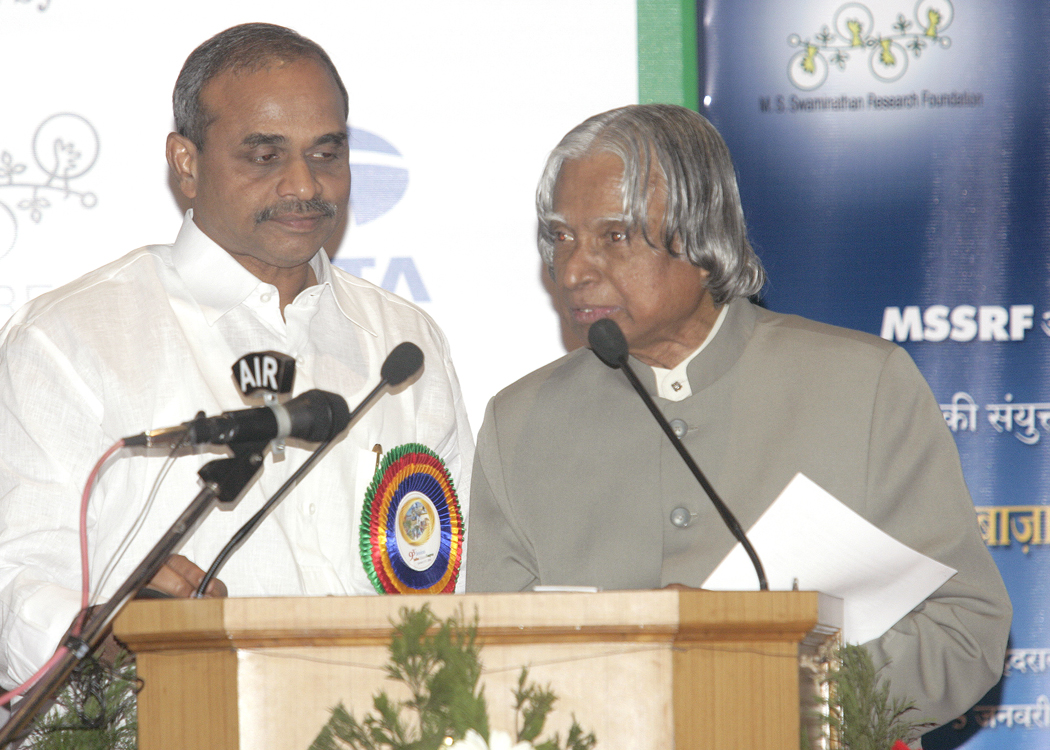
I was told that the project was implemented through Self Help Groups (SHGs) by building mutual confidence. The groups took the responsibility to help the weaker members. This boosted progress. The results were phenomenal. In Ghatol cluster in Udaipur out of 3000 poor families, more than 90% were able to earn Rs. 20,000 per annum. Efficient watershed development not only helped to ensure the availability of safe drinking water throughout the year but also boosted their crop yields from 30% to 80%. Over 800 hectares of Anola orchards were established for the first time in the region, which started yielding from the third year. The farmers groups have started processing and marketing the fruits. The entire village cluster was self-sufficient in food supply. Dairy and animal husbandry further boosted their family income from 30 to 60%. These families had formed 71 Self Help Groups and 24 village level organizations. They have built their own corpus of Rs. 30 lakhs. Similar success was achieved in Banswada district. In Gokulpura cluster in Bundi district in Rajasthan, watershed based multi-disciplinary development facilitated the local farmers to grow two crops during the year while the entire district was receiving food aid under the drought relief. This happened in a region where the average annual rainfall is less than 700 mm and the region was facing chronic drought successively for the third year. The second experience I would like to talk about is the enhanced cotton production at Gheri Buttar.
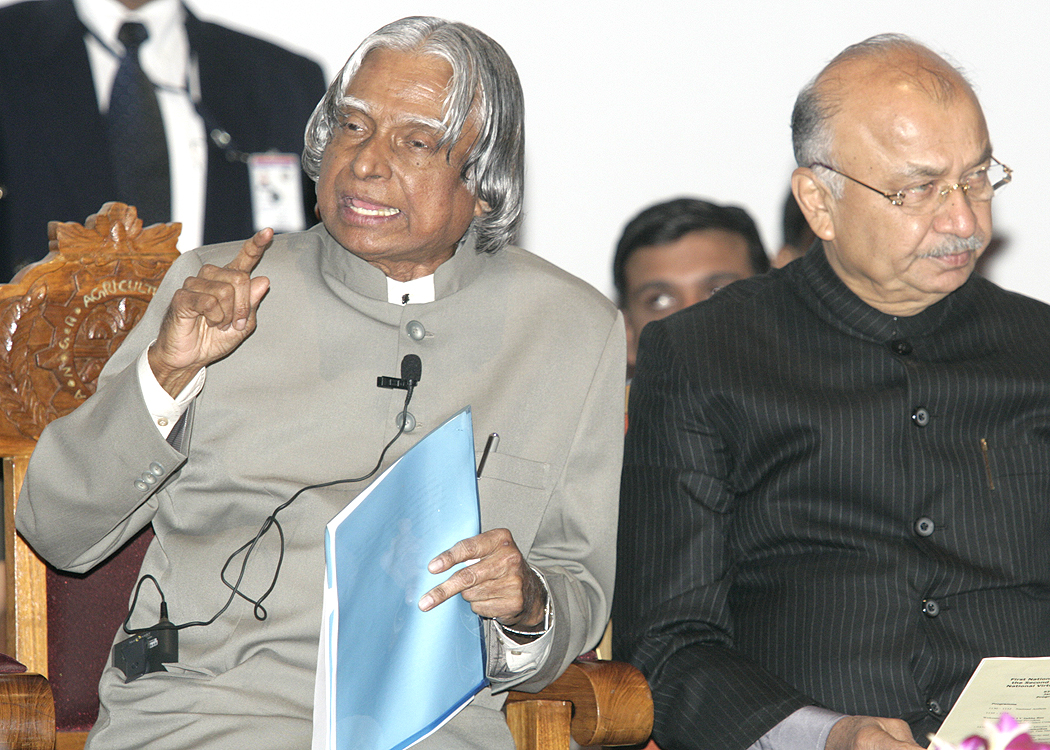

Cotton Production at Gheri Buttar
I visited a village called Gheri Buttar near Bhatinda in Punjab, where I met the farmers who have successfully increased the production of seed cotton from four hundred and sixty kilo gram per acre to eight hundred and sixty kilogram per acre in the year 2005. This has been achieved through a productive partnership between farmers, agricultural scientists, textile industry supervisors and the Government by following a scientific approach to farming, adopting pre-harvest and post-harvest techniques with an assured market for seed cotton. I have suggested the farmers in that village to mount a programme of second green revolution in Cotton meaning that instead of selling the cotton produce directly in the market they should convert it into yarn, cloth and apparel in the village complex itself and market it in the national and international markets. This is the only way that the income of the farmers can substantially go up. Next I would like to describe is a model being followed in Tamil Nadu.
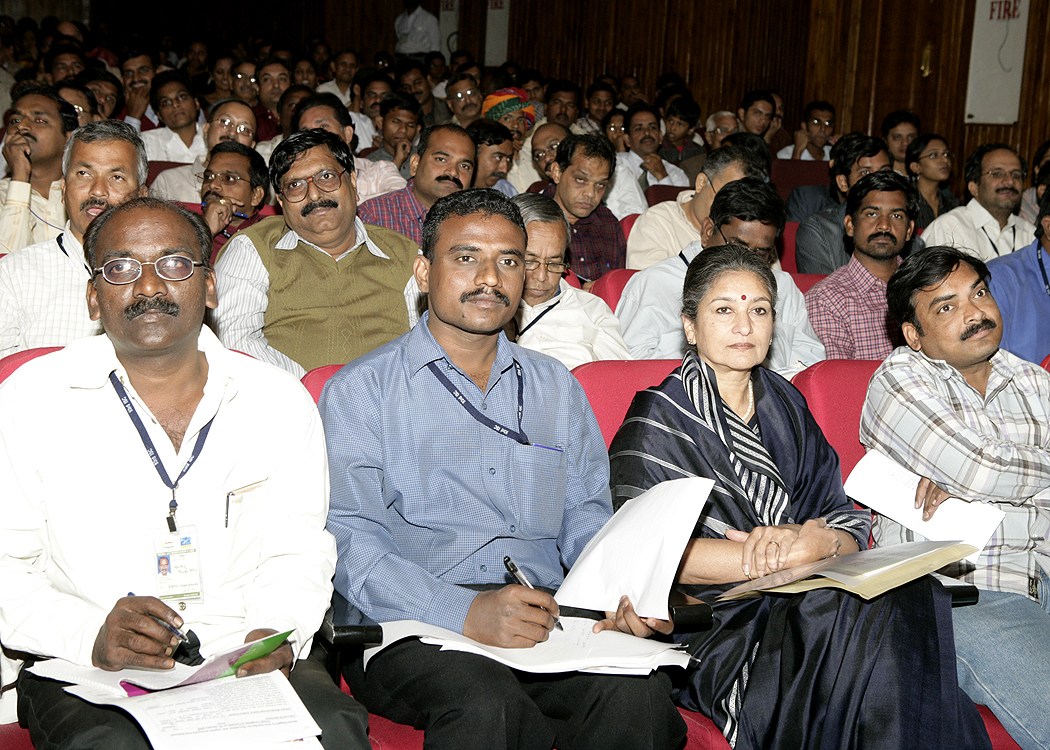

Periyar PURA (Tamilnadu)
I had visited Periyar Maniammai College of Technology for Women and inaugurated a PURA Complex a year back. I thought of sharing with you the developmental concept of a cluster of over 60 villages near Vallam, Thanjavur district of Tamilnadu that involves a population of 3 lakhs. This PURA complex has all the three Connectivities - physical, electronic and knowledge - leading to economic connectivity. The center of activity emanates from the women engineering college that provides the electronic and knowledge connectivity. Periyar PURA has health care centers, primary to post graduate level education and vocational training centers. This has resulted in large-scale employment generation and creation of number of entrepreneurs with the active support of 850 self-help groups. Two hundreds acres of waste land has been developed into a cultivable land with innovative water management schemes such as contour ponds and water sheds for storing and irrigating the fields. All the villagers are busy in cultivation, planting Jatropha, herbal and medicinal plants, power generation using bio-mass, food processing and above all running marketing centres. This model has emanated independent of any government initiative. The committed leadership has been provided by the Engineering institution. This gives me the confidence that PURA is a realizable proposition and this movement can be multiplied by thousands of entrepreneurs, educational administrators, small-scale industrialists and bankers with the support of the government agencies. The fourth model I have witnessed in Bihar which I would like to narrate now.
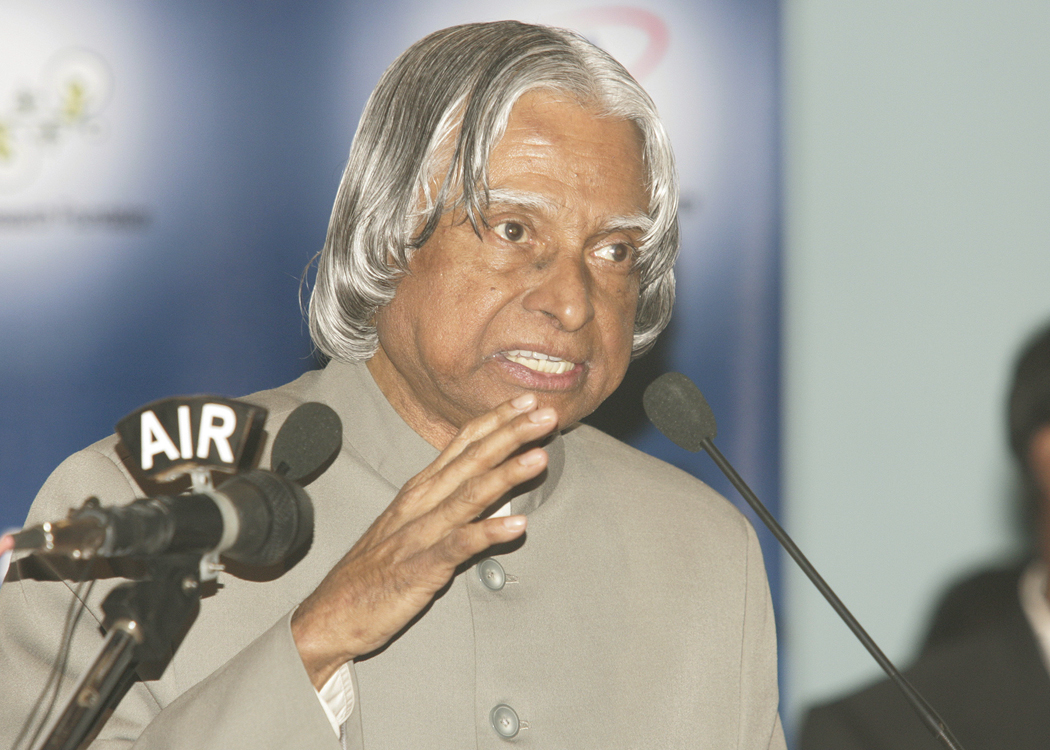

Productivity increase in rice and wheat
An experiment has been carried out by TIFAC team in Bihar, in the RP Channel 5 and Majholi distributory and later extended to Paliganj and other 5 distributaries on the request of the farmers. The productivity of paddy has increased in these villages from 2 tons per hectare to 5.8 tons per hectare and in respect of wheat productivity, it has increased from 0.9 ton per hectare to 2.6 tons per hectare. Presently, paddy and wheat crops are spread in an area greater than 2500 hectares involving 3000 farmers.
With the productivity increase farmers were not getting the price they deserve. To overcome the situation local procurement centre has been set up by the government to remove the exploitation by middlemen. The experiment has been extended for promotion of medicinal and aromatic plants with processing for increasing the income of the farmers. By June 2006, there will be a distillation plant is being set up locally. This project has been carried out by the Technology Information Forecasting and Assessment Council (TIFAC), in collaboration with a farmer?s co-operative society, IARI and agricultural university in Pusa, Bihar. Using scientific method of farming involving soil characterization, matching the right seed to soil, seeding in time, fertilizer and pesticide selection, water management, pre and post harvesting methodology and marketing of the produce, using this model has more than doubled the production. This model can definitely be replicated in many parts of the country. However to get the future requirement of food grains with the constraints of land availability and water would need enhancing the productivity further. Finally, I would like to talk to you about a water body revitalizing programme executed in Coimbatore.
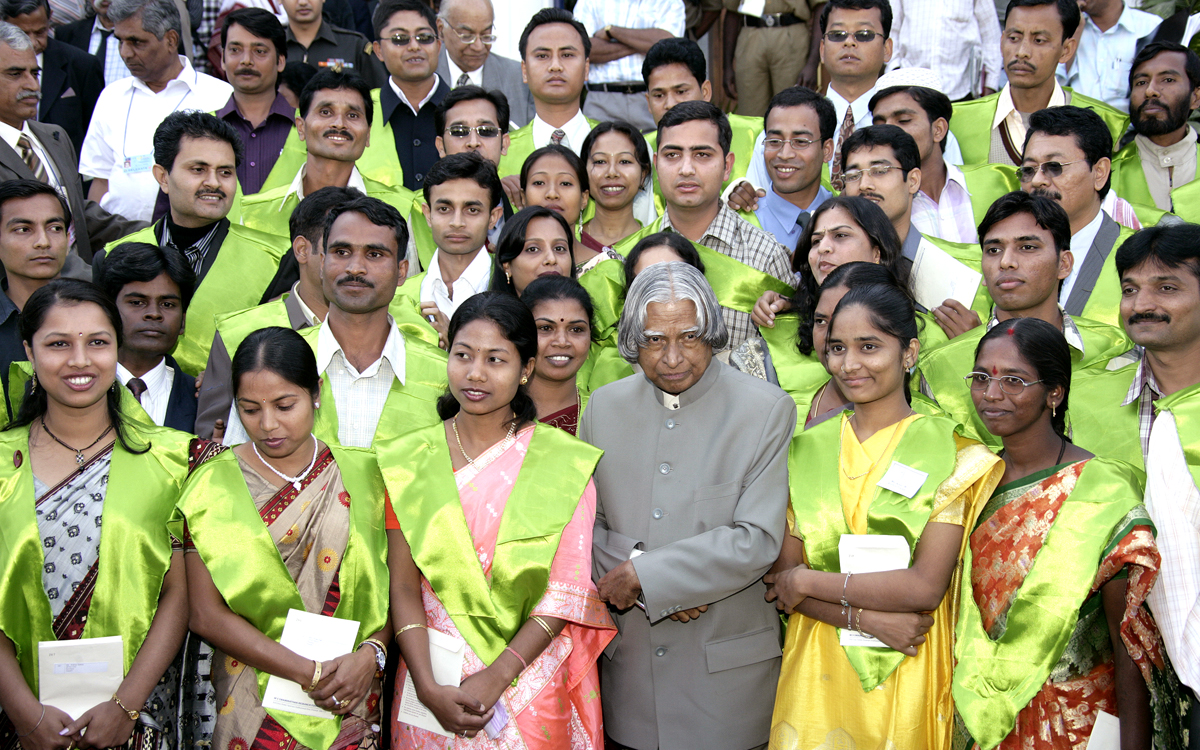

Project Siruthuli ? revitalizing a water body
This is an initiative started by Coimbatoreans for Coimbatoreans. This ecological project aims to bring back the glory of Coimbatore and its rich heritage. The project is represented by people from all walks of life and professionally organized. The primary focus is on large scale rain water harvesting, afforestation, sewage / waste water treatment and solid waste management. They have already standardized five of the nine primary tanks in Coimbatore for large scale rainwater harvesting. Over 600 saplings have been planted on the bunds of the de-silted tanks and are being maintained. They are moving towards a target of planting 15 lakh trees by the end of 2005. The comprehensive study has indicated outlet of the city sewage as 10 million liters per day. A pilot plant is being taken up for sewage treatment to treat one million liters per day. The treated water will be sold to the agriculturists and industrialists as a revenue earning measure. The garbage and debris to the extent of over 26,000 cubic meters in one of the city?s largest tank have been removed. This model can be replicated throughout the country both in the rural and urban areas.
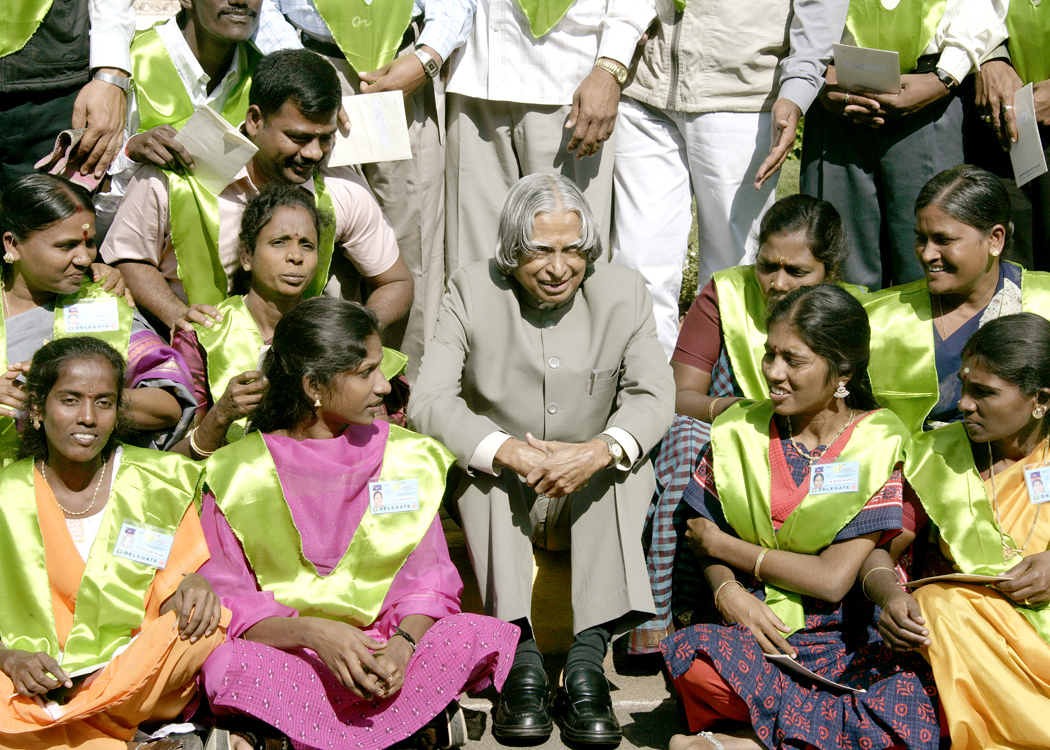

Conclusion
I find, whenever the users, knowledge and skill possessors and implementers are linked and networked, success comes effectively and multiplies. As you all aware, a networked resource is a means for faster development. To increase the present GDP growth of 7% to 10%, we need such innovative steps. Friends, ignition of young population of any country, is one of the important resources. Nation possesses this in plenty. Nation has natural resources in all key sectors. If all the farmers in different States work with the scientific community, I am sure we will be able to realize our full potential. The National Virtual Congress of Farmers enables networking of all the stake holders for mutual support and overall prosperity.
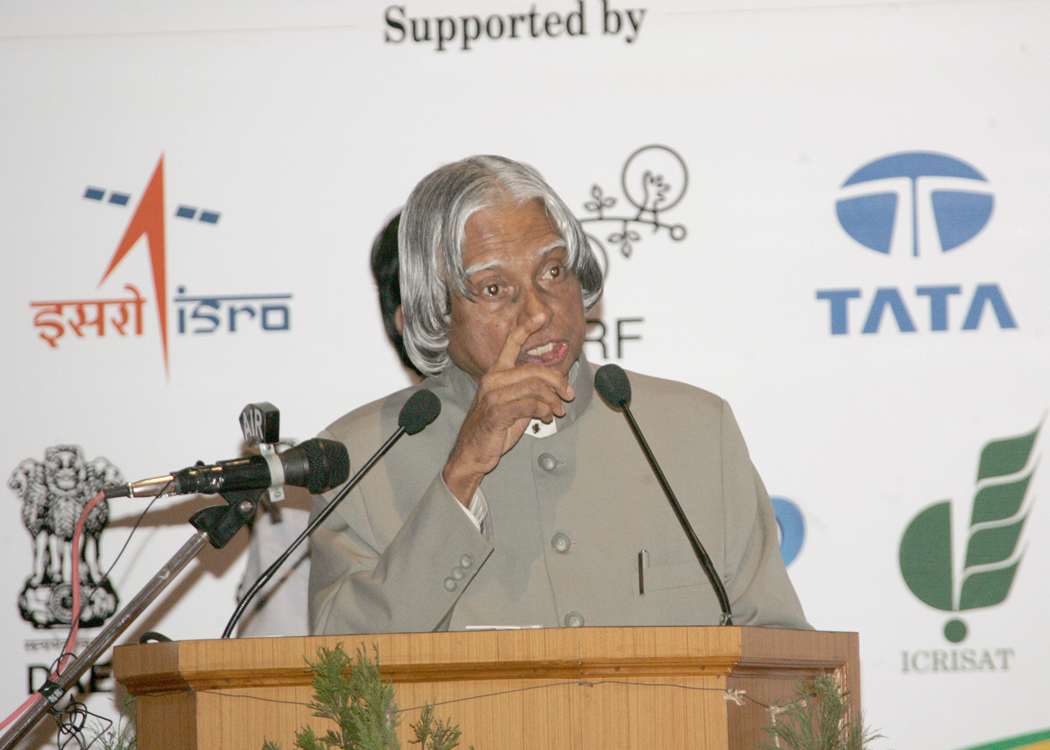
With these words, I inaugurate the ?National Virtual Congress of Farmers?. My best wishes to the organisers and farmer friends for success in their mission of increasing the agricultural productivity of the state and make the products nationally and internationally competitive.
My best wishes to all of you. May God bless you.
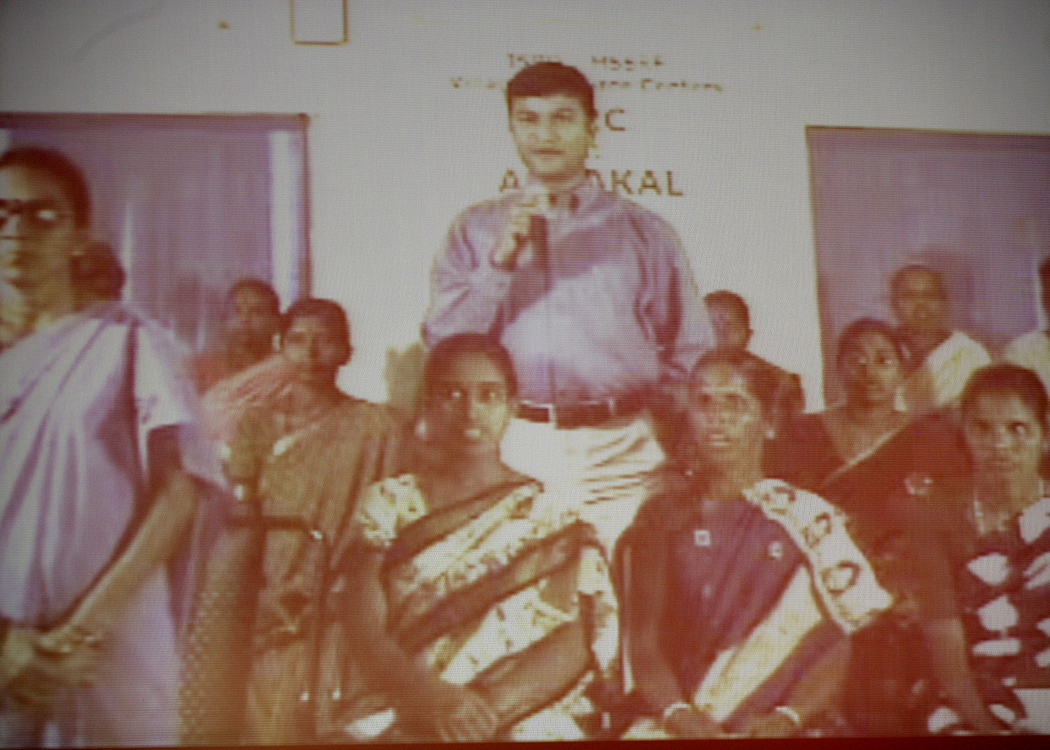
<<Back
|
|